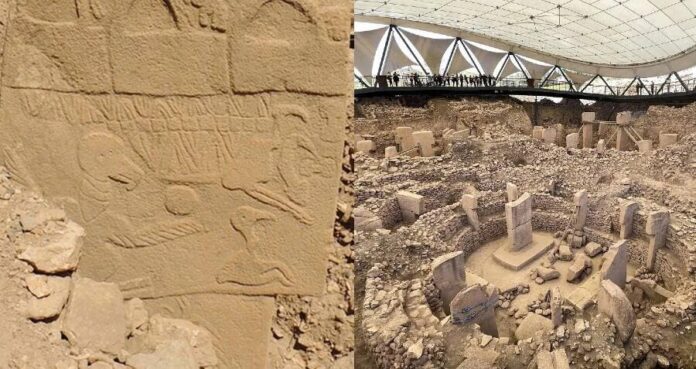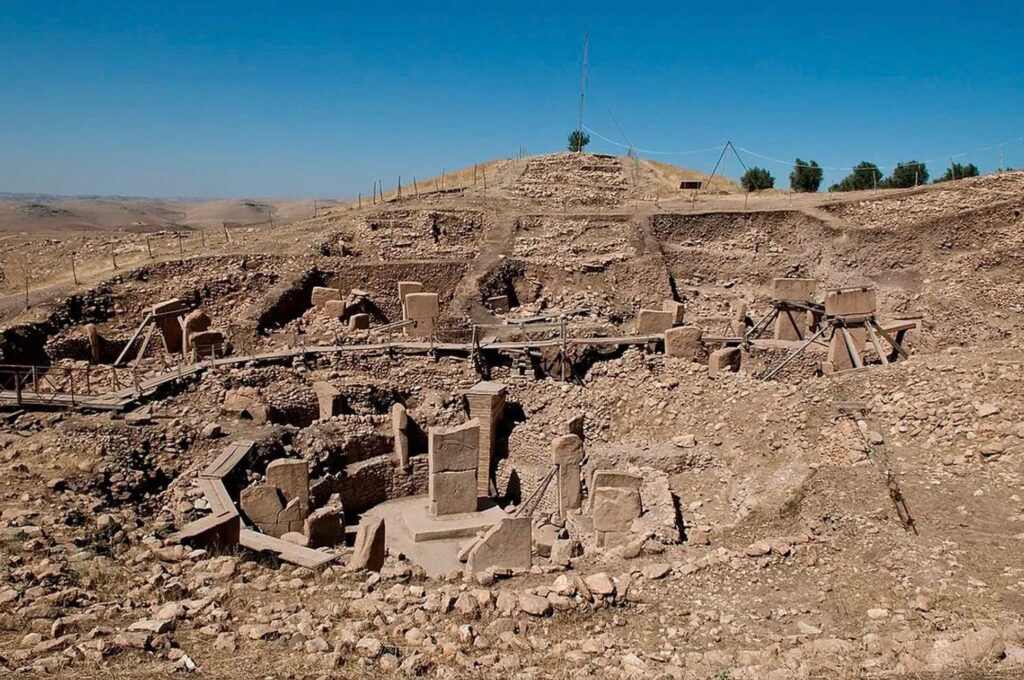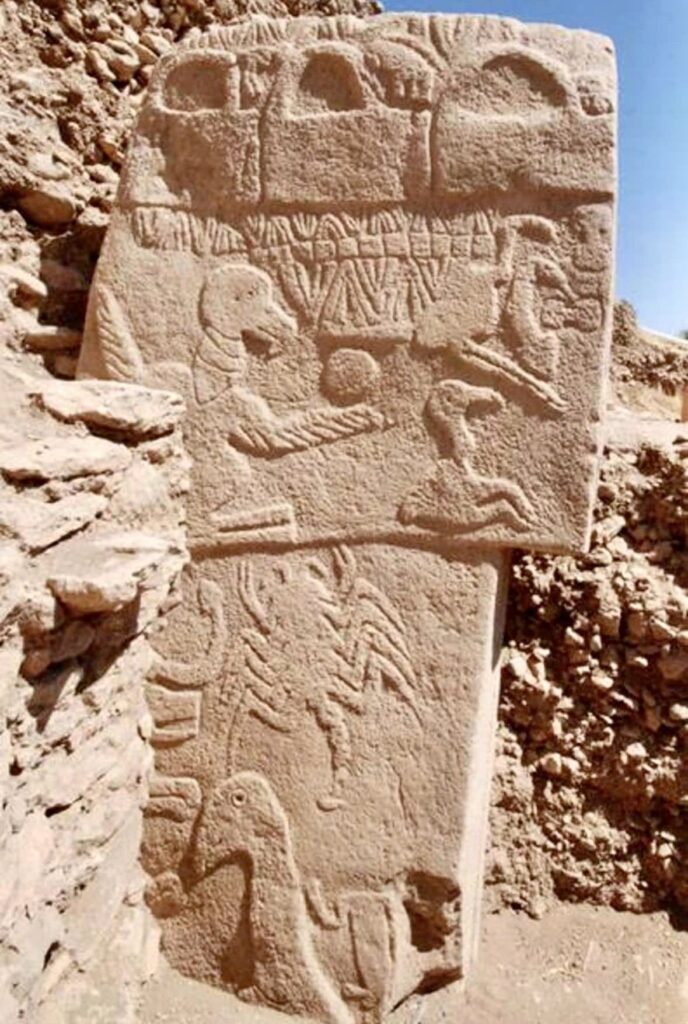The Revelation of a Prehistoric Astronomical Archive
An Enigmatic Temple Complex in Turkey

Göbekli Tepe, an ancient temple complex situated in southeastern Turkey, has captivated archaeologists for decades. Discovered in 1963, the site was initially believed to consist of simple burial markers. However, subsequent excavations unveiled a sophisticated arrangement of circular enclosures and nearly 200 T-shaped limestone pillars, meticulously organized in a geometric layout.
Interpreting the Stone Inscriptions

Recent investigations at the site have brought to light an astonishing find: what could be the oldest calendar in existence. Researchers from the University of Edinburgh have analyzed V-shaped symbols etched onto the pillars, interpreting them as representations of individual days. Notably, one pillar appears to illustrate a solar calendar comprising 365 days, segmented into 12 lunar months along with 11 additional days.
A Celestial Event Captured in Stone
The Comet Impact Hypothesis

Dr. Martin Sweatman and his team propose that these engravings may document a catastrophic event that transpired nearly 13,000 years ago. They theorize that the symbols depict a barrage of comet fragments colliding with Earth, which may have instigated a mini Ice Age lasting over 1,200 years.
The Emergence of a New Faith

This celestial occurrence likely had significant repercussions for early human societies. The researchers propose that it could have catalyzed the rise of a new religion or cult in the Anatolian region, potentially shaping the trajectory of human progress.
Consequences for Human Development
Dr. Sweatman observes that the people of Göbekli Tepe seemed to be avid observers of the sky, possibly influenced by the devastating aftermath of the comet’s impact on their environment. This newfound astronomical awareness may have led to innovations in agriculture as they adapted to the cooler climate.
The Beginning of Written Expression

erhaps most intriguingly, these ancient carvings could signify humanity’s initial forays into written communication. As Dr. Sweatman points out, “Their efforts to document what they witnessed may represent the foundational steps toward the emergence of writing thousands of years later.”
The revelations at Göbekli Tepe continue to transform our understanding of early human civilization, indicating that our ancestors possessed far greater skills in astronomy and record-keeping than previously recognized. As research progresses, this ancient site may uncover even more insights into the origins of human culture and knowledge.

